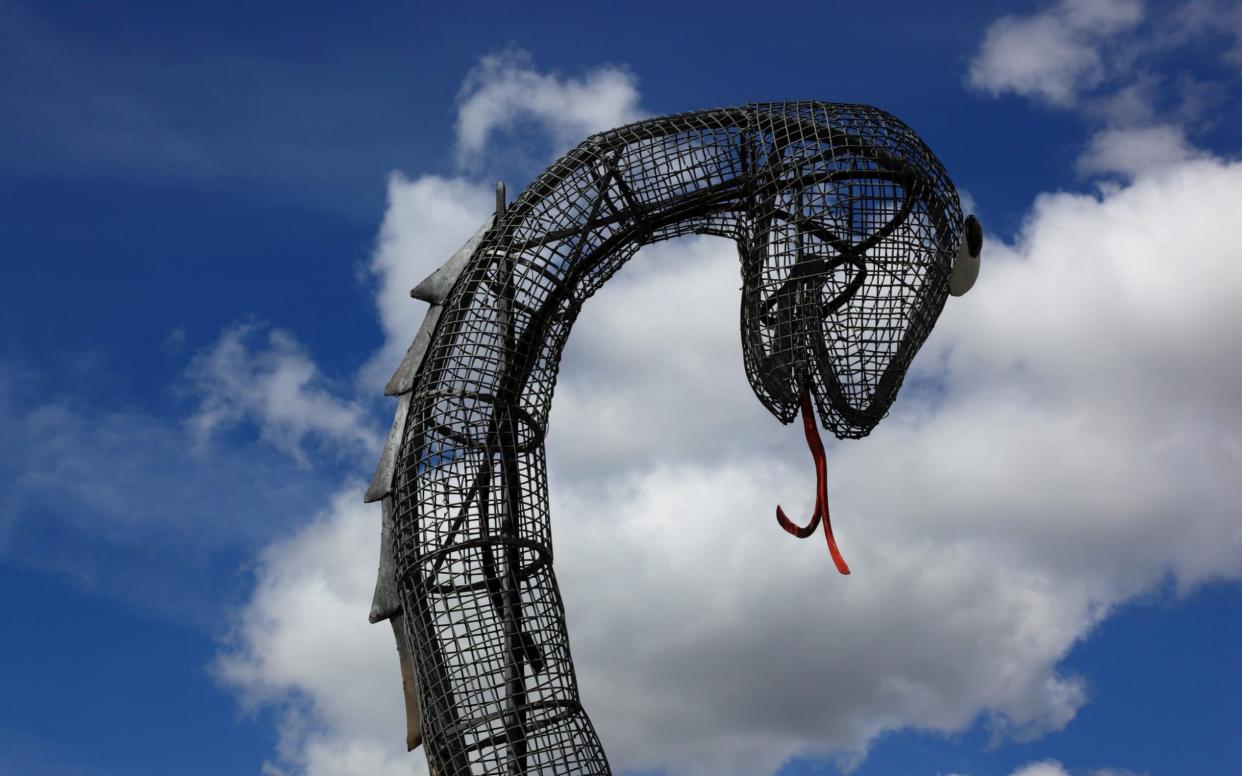RNLI urges Loch Ness monster 'spotters' against Area 51 style plan to storm the area

Conspiracy theorists risk hypothermia and drowning if they follow through with a plan to storm Loss Ness in search of its infamous “monster”, the RNLI has warned.
Nearly 60,000 people have signalled their interest in “storming” Loch Ness to find the fabled monster, prompted a warning from the local lifeguard crew about the treacherous nature of the loch.
The viral event comes after more than a million people pledged to attend a similar gathering at Area 51, the US military base in Nevada linked to alien activity by conspiracy theorists.
The US Air Force responded to the threat of intruders at the base saying it was “ready to protect America and its assets”.
The organiser of the Facebook event replied saying it was intended as a joke and he did not plan on ever storming Area 51.

The RNLI warned that it does not have the US Army at its disposal to deal with similar activity and encouraged Nessie hunters not to attend the event earmarked for September 21.
"With no US Army involved, Loch Ness looks a little less hazardous than storming Area 51, but here we have our own set of problems,” the RNLI said.
The lifeguard crew alerted anyone planning on entering the water to its 230m depth, “that’s nearly two and a half times the height of Big Ben,” they said.
The Loch Ness RNLI team also warned that the arrival of such a large number of people at the water risked stretching its resources.
"Our Atlantic 85 lifeboat has an impressive survivor carrying capacity, but even that will be stretched by the 'attendees' of this event."
The statement said that, "joking aside", there were some facts to share about the water mass.
"The water temperature is cold. In fact, an average of six degrees centigrade all year round, meaning cold water shock and hypothermia are real dangers.”
In 2015, a kayaker developed hypothermia so quickly after his boat capsized at Loch Ness that he was unable to swim just 15m to the shore. He survived the ordeal after being rescued by Loch Ness RNLI.
Those signed up to the Loch Ness event have also been warned about the swell in the water.
"Weather conditions and water state can deteriorate rapidly, going from flat calm to a large swell in minutes.
"There are very few areas on the shoreline where it is possible to make it up to a road,” the RNLI said.
It also pointed out that the waves in the loch are generated by wind, not a tide and that it was more difficult to swim in than sea water.
"Waves are wind generated rather than tidal, so they behave differently to how users might expect. Its fresh water is less buoyant than salt, meaning more effort is required to float/swim."
The highest recorded wave at Loch Ness is 13ft but unofficial reports suggest that wave heights can reach up to 16ft, it added.
The statement concluded: "Nessie 1-0 Bandwagon."
A number of local businesses including Hairy Coo, Scottish Highland Tours attempted to cash in on the action, sharing its one-day boat tours in a post captioned: “Smaller groups are less likely to scare Nessie away! For that, we've got you covered.”

 Yahoo News
Yahoo News 
